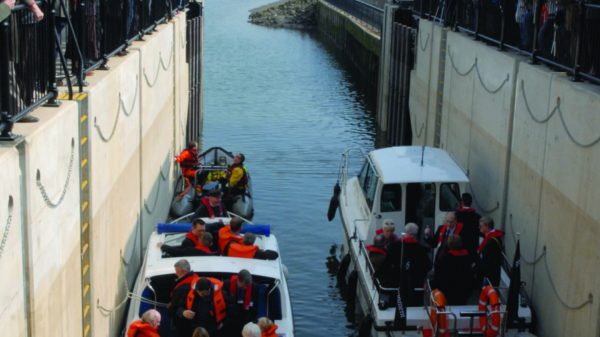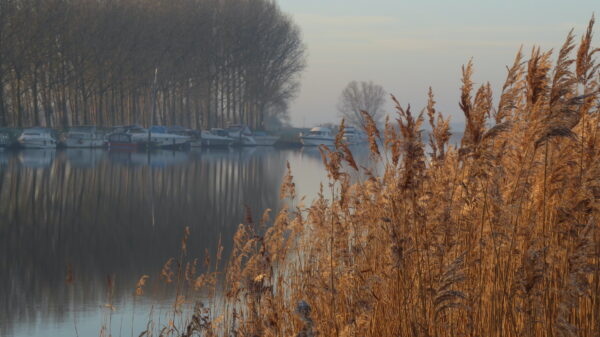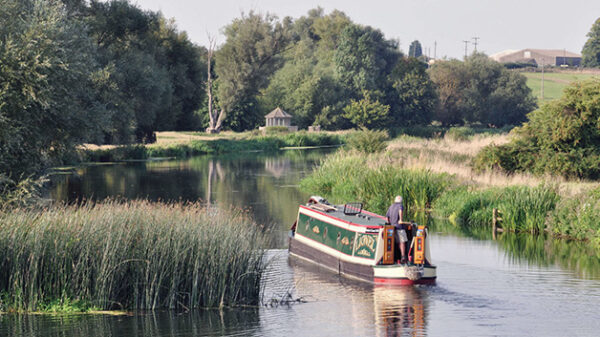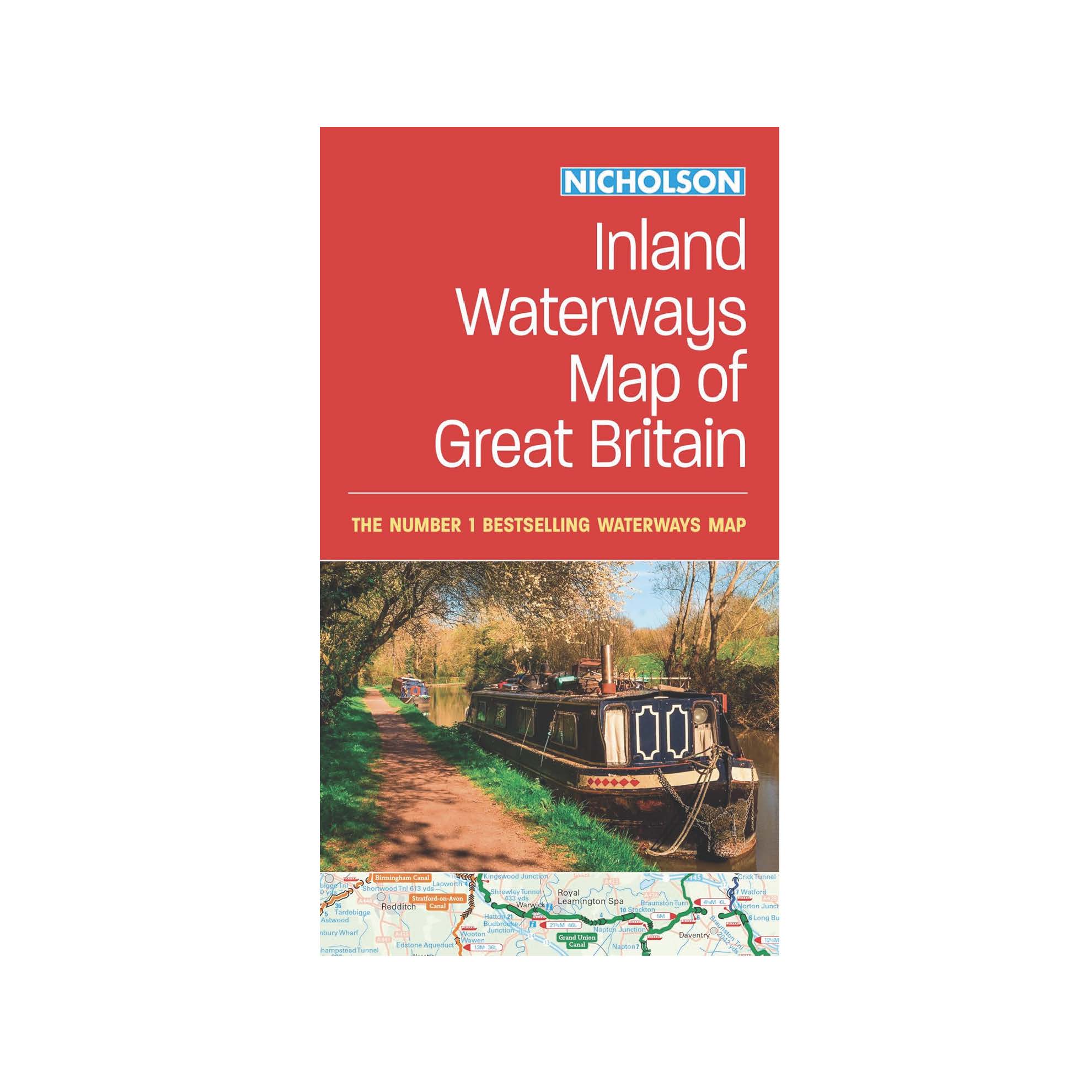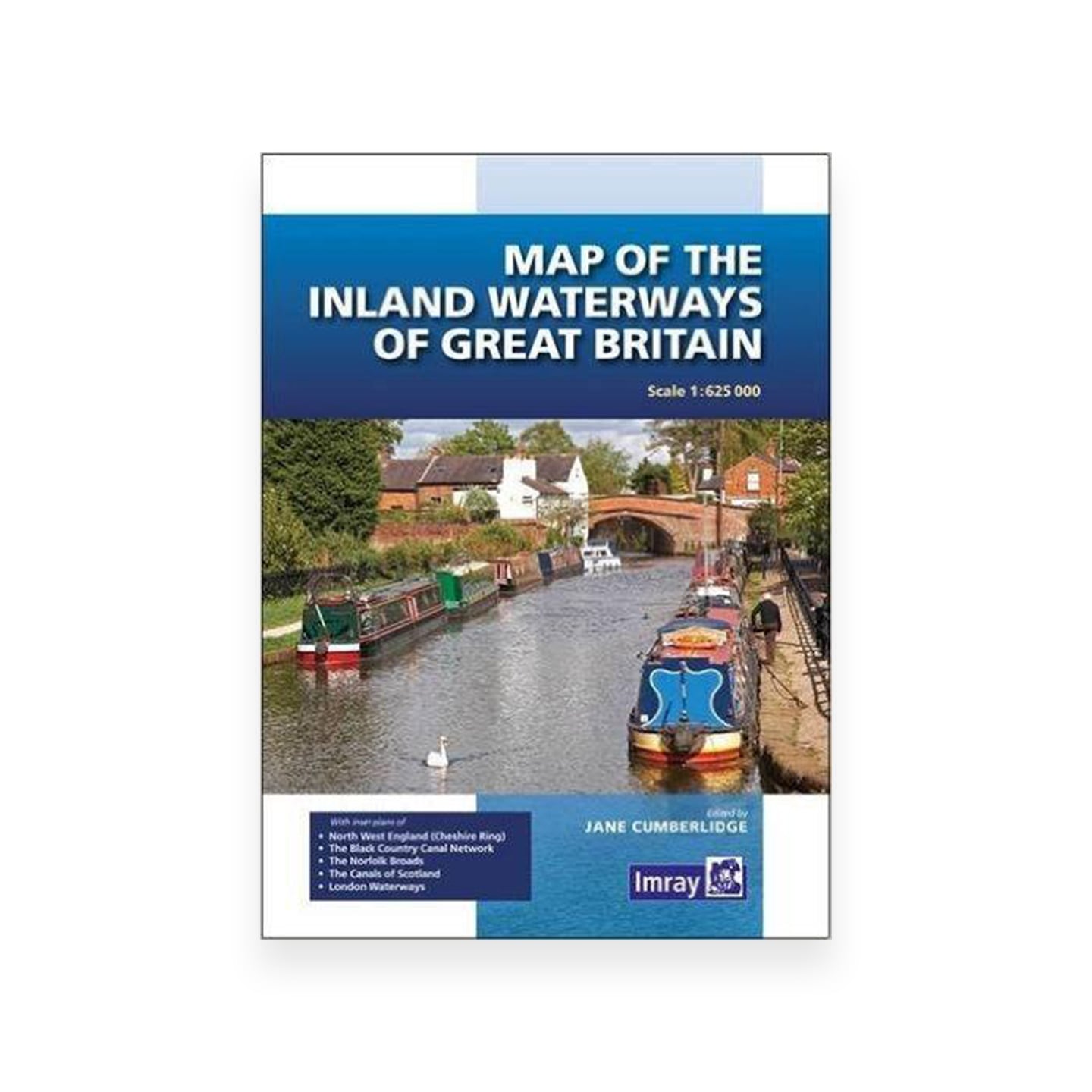Boston to Peterborough
Using largely existing waterways and public access footpaths, the Boston to Peterborough Wetland Corridor partnership has identified that the addition of approximately 12 miles of new channel will connect with 50 miles of current waterways to create a significant new wetland corridor.
This project connects the River Welland in the north to the River Nene in the south. The new 12-mile route, breathes new life into the waterways that travel through the market towns of Spalding and Market Deeping as well as all the smaller villages along the way.
This proposal is supported by Lincolnshire County Council, Environment Agency, South Holland District Council, Spalding Town Council, Crowland Parish Council, Anglian Water and many other local groups and organisations.
It’s not just boats that will benefit:
- New route for cyclists and walkers
- Anglers will have a new area to fish
- Paddleboarders and canoeists will be considered – slipways/portage points will be included in the plan
- Flora and fauna will flourish on the wetland corridorThe economy of the area will receive a much needed boost.
- Economic regeneration will come to towns along the Wetland Corridor as the number of visitors increases.
Estimates suggest that the new waterway will deliver £1.51 of benefit for every £1 spent. This equates to £110.1 million of benefits to the local economy at a cost of £72.9 million. See the Boston to Peterborough Wetland Corridor Business Case for more details below.
Proposed Wetland Corridor routes
There are two possible options for the route from the River Glen to the River Nene and there are pros and cons to each of them. Detailed environmental engineering plans are currently being drawn up.
- Car Dyke Option
Creation of a new build section of canal between Flag Fen and Car Dyke and then the restoration of the Car Dyke into a navigable waterway to provide access into the River Welland system at Peakirk Pumping Station.
This Roman canal is the preferred route and is helped by the construction of a new bowstring bridge over the A16 which removes one of the barriers to this restoration. - Cats Water Drain
Restoration of 10 kms of the Cats Water Drain into a navigable waterway from Flag Fen to Nene Terrace and then the creation of a new build canal link from Nene Terrace into the Kennulph’s Drain.The restoration of the Kennulph’s Drain into a navigable waterway will finally provide access into the River Welland at Postland Pumping Station.
Why call it a Wetland Corridor?
This project is much more than simply the restoration of a waterway between Boston and Peterborough. It is a multi-faceted project looking at the broader area and how reintroducing a waterway between these two areas, will bring benefits to both the local communities and the natural environment along the way.
- Working with Lincolnshire Wildlife Trust to improve wildlife reserves and bird habits
- Working with South Lincs Water Partnership and Water Resources East to look at flood risk management and strategic water management.
- Towpaths will attract cyclists, walkers and runners to new routes along the waterways
- Signage and interpretation boards for visitors
The overall aim is to bring the area back to life by rehabilitating the existing environment and reinvigorating the local economy by attracting visitors.

